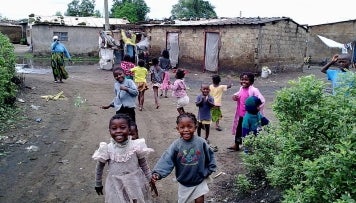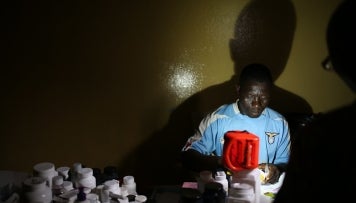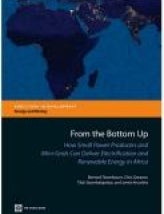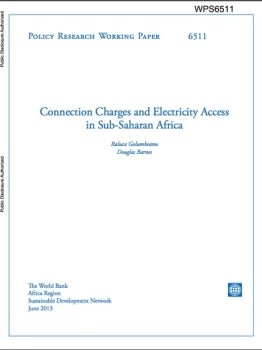Related

Dissemination
Zambia: Evaluation of Household Connection Subsidy
Grant Funding
Uganda: Energy for Rural Transformation (ERT) II
Grant Funding
Liberia: Improving Electricity Access in Monrovia
August 07, 2014 |Press releases
Zambia: Sida Gives Additional $5.8 Million for Electricity Access
June 21, 2012 |Feature Stories
GPOBA establishes Grid-Based OBA Fund to Provide Electricity to 100,000 Rural Homes in Uganda
December 21, 2011 |Press releases
Liberia: 16,806 Low-Income Households in Monrovia to Benefit from Electricity Connections
Output-Based Aid and Energy: What Have We Learned So Far?
Worldwide, nearly 1.4 billion people live without access to electricity and nearly 2.7 billion people use traditional biomass fuels for c

From the Bottom Up: How Small Power Producers and Mini-Grids Can Deliver Electrification and Renewable Energy in Africa
GPOBA co-financed with the Africa Renewable Energy and Access Program (AFREA) and the Energ


